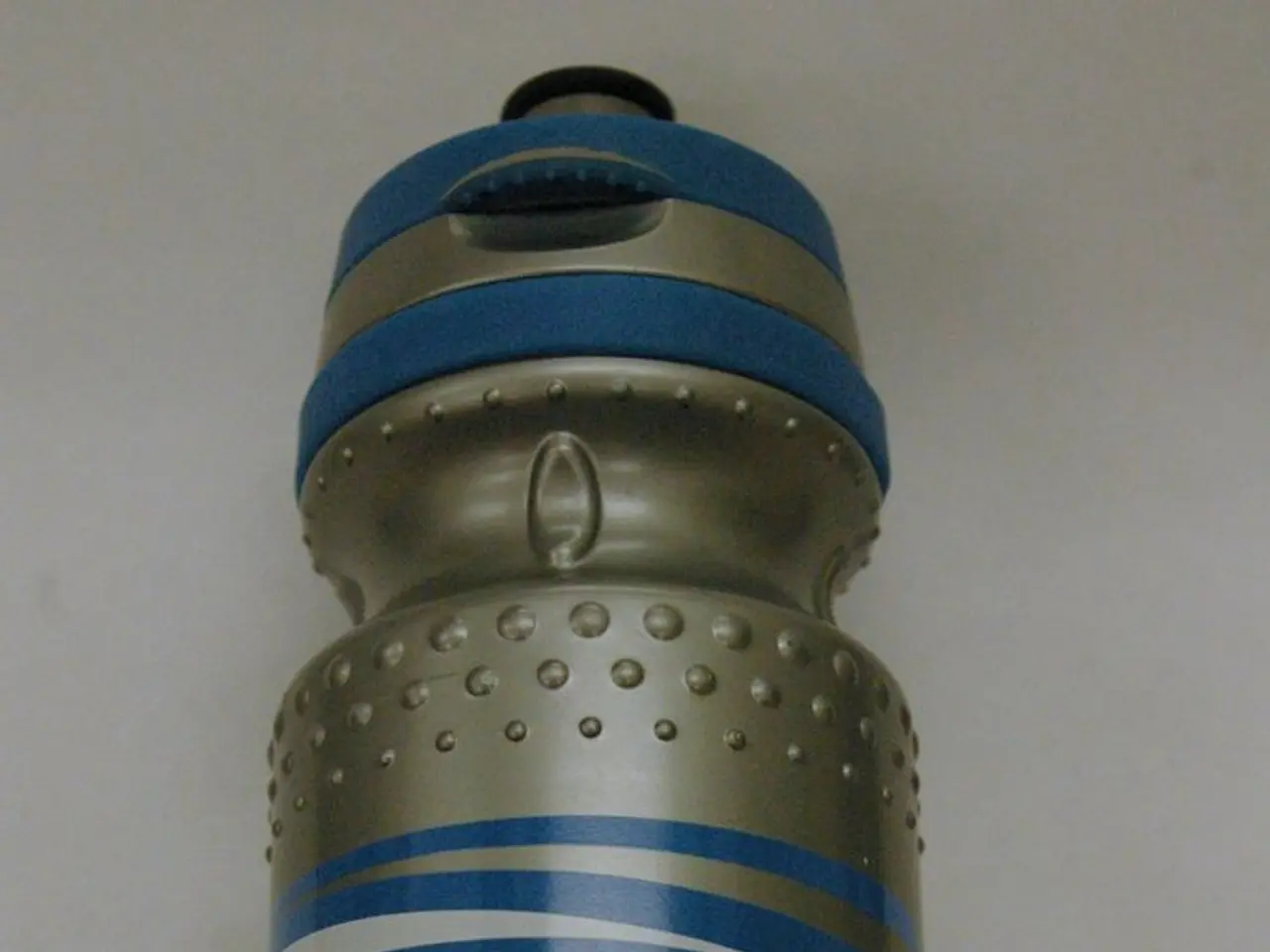Innovative Nanotechnology Offers Potential as Powerful Tool in the Fight Against Bladder Cancer!
Improving Bladder Cancer Diagnosis and Treatment with Nanotechnology
Advances in nanotechnology are revolutionizing the field of medicine, particularly in the diagnosis and treatment of bladder cancer. This innovative technology offers promising new approaches to combat this condition.
Targeted Treatment Delivery
Researchers have developed urease-powered nanorobots, approximately 450 nanometers in size, that can actively penetrate bladder tumors. These nanorobots, functionalized with the urease enzyme and radioisotope iodine-131, catalyze urea in urine to self-propel, greatly enhancing targeted delivery [1]. In mouse models, a single dose reduced tumor volume by almost 90%, demonstrating strong potential for localized therapy with reduced side effects and hospital stays.
Another promising development is gold nanoparticle-based photothermal therapy, which allows for precise temperature monitoring and treatment of bladder tumors. Biomedical engineers at Duke University designed gold nanostars encased in hollow gold shells for stable heating. Using photoacoustic imaging as a thermometer, they controlled thermal treatment of bladder tumors in mice, achieving 100% survival with no observed toxicity or damage to surrounding tissue [2].
Enhancing Imaging Precision
Nanotechnology is also improving the precision of imaging for diagnosis and therapy monitoring. For instance, magnetic resonance imaging with superparamagnetic iron oxide nanoparticles can enhance sensitivity and specificity in detecting small metastases in lymph nodes [6].
Endoscopy and surface-enhanced Raman NP are used to distinguish between cancerous and normal bladder tissue [7]. Moreover, nanoparticles emitting bright light under laser enable scanning of entire tissues to detect tiny tumors that conventional pathology might miss [4].
Advancing Immunotherapy Approaches
Exosome-based nano vaccines are being developed to carry tumor antigens to immune cells, enhancing the immune system's ability to recognize and attack bladder cancer cells. These vaccines aim for strong, specific immune responses with fewer side effects and could integrate diagnostics with therapeutics for cancer management in the future [3].
Overcoming Challenges in Bladder Cancer Treatment
Nanotechnology is addressing some of the challenges in bladder cancer treatment. For example, paclitaxel, a significant therapeutic agent used in bladder cancer treatment, faces the challenge of not dissolving in aqueous solutions. However, nanotechnology enables scientists to load anti-cancer drugs onto nanoparticles (NP) to enhance their water solubility [8].
Moreover, the failure to identify unseen lesions during the resection process results in inadequate resection. Nanoparticles are used as suitable vehicles in tumor treatments to enhance drug delivery efficiency and maintain therapeutic performance [9].
Understanding the Nanoscale
Many biological processes, including those involved in life-sustaining functions and cancer progression, occur at the nanoscale. Nanoscale devices, similar in size to large biological molecules like enzymes and receptors, can easily enter cells [10].
Nanometric-sized nanoparticles are utilized in diverse diagnostic applications [11]. Nanotechnology enables scientists to rapidly and accurately detect molecular changes, even in a small percentage of cells [12].
In conclusion, the developments in nanotechnology are significantly improving targeted treatment delivery, enhancing imaging precision for diagnosis and therapy monitoring, and advancing immunotherapy approaches for bladder cancer.
References: - Urease-powered nanorobots with iodine-131 for tumor shrinkage [1] - Gold nanostar photothermal therapy using photoacoustic imaging for precise heat control [2] - Exosome-based nano vaccines enhancing targeted immune responses [3] - Nanoparticle-assisted improved cancer diagnostics [4] - Synergistic nanotech integration with photodynamic therapy [5] - Magnetic resonance imaging with superparamagnetic iron oxide nanoparticles can enhance sensitivity and specificity in detecting small metastases in lymph nodes. [6] - Nanotechnology is used in the development of in vitro cancer detection, in vivo imaging, and drug delivery techniques. [13] - Many biological processes, including those involved in life-sustaining functions and cancer progression, occur at the nanoscale. [14] - Nano-scale devices smaller than 50 nanometers can easily enter cells. [15] - The most common symptom of bladder cancer is usually painless blood in the urine. [16] - Nanotechnology enables scientists to rapidly and accurately detect molecular changes, even in a small percentage of cells. [17] - Paclitaxel, a significant therapeutic agent used in bladder cancer treatment, faces the challenge of not dissolving in aqueous solutions. [18] - The failure to identify unseen lesions during the resection process results in inadequate resection. [19] - Nanoparticles (NP) are used as suitable vehicles in tumor treatments to enhance drug delivery efficiency and maintain therapeutic performance. [20] - Bladder cancer is a condition characterized by abnormal tissue growth in the bladder lining, which can spread to the bladder wall. [21] - Nanoscale devices are similar in size to large biological molecules like enzymes and receptors. [22] - Nanometric-sized nanoparticles (NP) are utilized in diverse diagnostic applications. [23]
- The urease-powered nanorobots, functionalized with urease enzyme and radioisotope iodine-131, are employed in the medical-conditions of bladder cancer, offering a science-based approach to combat this condition by targeting tumors using self-propulsion in urine.
- Nanotechnology advances in health-and-wellness are contributing to bladder cancer diagnosis and treatment, as nanoparticle-assisted drug delivery improves the water solubility of significant therapeutic agents like paclitaxel to ensure effective treatment for unseen lesions.




